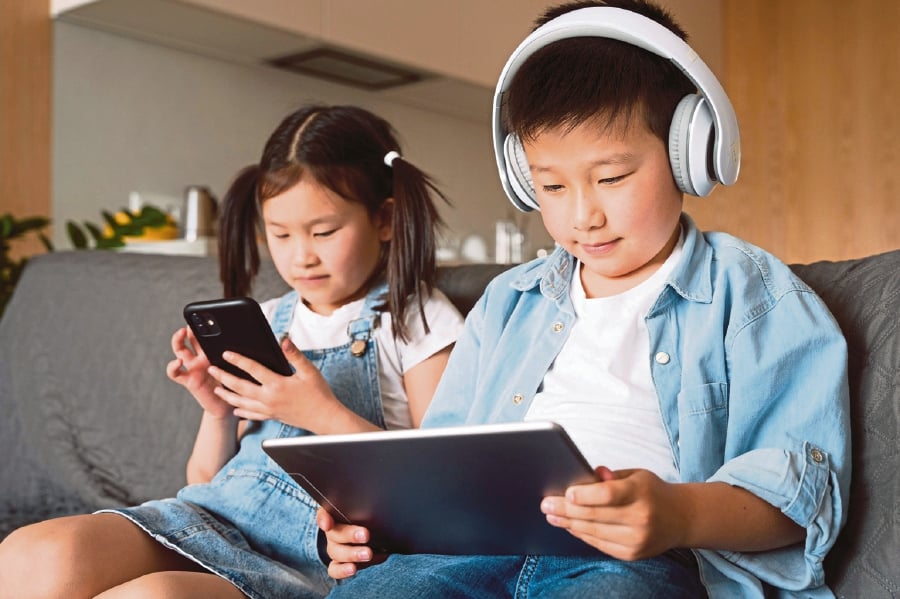ACCORDING to the World Health Organisation, in 2020 about 466 million individuals worldwide had "disabling" hearing loss, which is expected to almost double by 2050. The most concerning finding is that up to 60 per cent of cases are preventable.
When it comes to hearing loss, there are two main types: conductive and sensorineural.
Conductive hearing loss, often caused by diseases affecting the ear such as fluid buildup or wax accumulation, is generally treatable.
However, sensorineural hearing loss, which affects the nerve cells and is commonly induced by exposure to loud noises, is permanent, bilateral, and irreversible.
This includes noise-induced hearing loss where high-frequency exposure from personal devices, concerts and other sources damages nerve cells in the inner ear, leading to hearing loss.
In the digital age, the widespread use of personal devices such as smartphones, tablets and headphones, particularly among children and young adults, has raised concerns about noise-induced hearing loss or NIHL.
A recent study in the United States found that 17 per cent of teens show signs of NIHL. Worldwide, about 1.1 billion teenagers and young adults are estimated to be affected by NIHL, mainly due to headphone and music player devices according to a study published in 2017 called 'Promoting global action on hearing loss: World Hearing Day'.
Sunway Medical Centre consultant paediatric ear, nose and throat (ENT) and ENT specialist Dr Priatharisiny Velayutham says with the proliferation of personal devices like smartphones and headphones, NIHL has become increasingly common among children and young adults.
"This type of hearing loss is permanent and irreversible," she stresses.
Early signs and symptoms of hearing loss among children can often go unnoticed, but there are several early signs that parents should be aware of.
One common indicator is if a child frequently listens to the TV or other electronic devices at a high volume. They may also have difficulties in school, such as struggling to follow instructions or falling behind academically and a stagnating vocabulary growth.

Speech and language delays can be significant red flags as children may have trouble articulating words or understanding others.
"Many parents may not realise that noise-induced hearing loss may be the problem, so a hearing test and seeing a specialist or a paediatrician are crucial."
Limiting exposure to loud noises is also important. It's essential to take breaks between such sessions and consider using earplugs or noise protection gear for children in noisy environments like concerts.
Dr Priatharisiny says exposing adolescents to more than 80 minutes of headphone use means a 4.7 times higher risk of hearing loss than those who use headphones for less than 80 minutes per day.
One potential way is to set a timer for 30 minutes to one hour where headphone use is allowed. This helps prevent the risk of this type of hearing loss.
Waiting too long to address hearing loss can lead to irreversible damage.
Dr Priatharisiny says many individuals have already lost up to 50 per cent of their hearing by the time they seek help or see a specialist.
In terms of treatment, the most common options available are hearing aids for moderate-to-severe hearing loss and cochlear implants for more severe or profound cases of hearing loss.

Preventing Hearing Loss
• Limit personal device usage at an early age. Emphasise quality over quantity in terms of device usage.
• Encourage activities such as reading instead of constant exposure to video or TV screens.
• Encourage time without personal devices, especially during mealtimes or quality time to foster meaningful interactions/reduce dependency on screens and devices.
• Ensure early intervention and regular screenings to detect and address hearing issues promptly.




